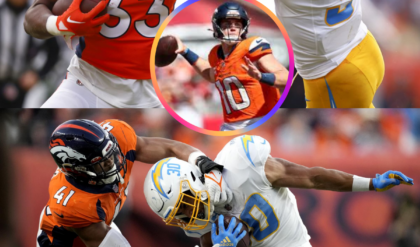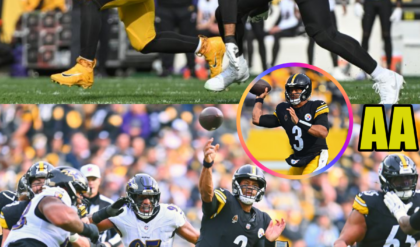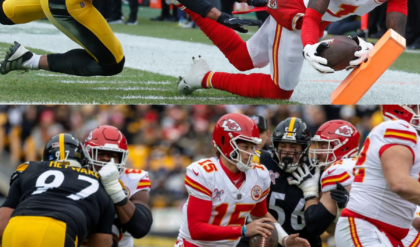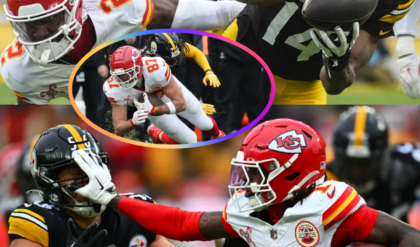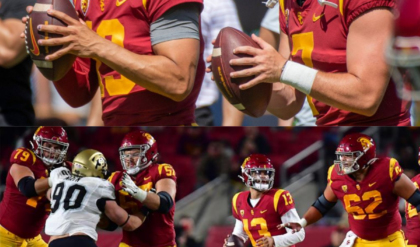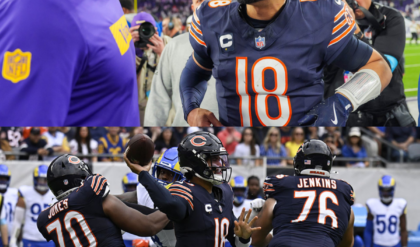The use of the Guardian Cap, a padded headgear designed to reduce the risk of concussions, has been a topic of significant discussion in the NFL this season. Initially introduced to enhance player safety, the Guardian Cap gained attention when it became mandatory for certain players during training camp. However, recent developments show that some players are choosing to abandon the Guardian Cap, raising questions about its long-term effectiveness and future in the NFL.

One such player is Achan, a running back for the Miami Dolphins, who wore the Guardian Cap for a period before deciding to remove it. When asked about his decision, Achan explained that he initially wore it at the encouragement of his mother, who prioritized safety, but later felt that his upgraded helmet provided enough protection without the need for the additional cap. He clarified that the change in his helmet design included added padding inside, offering him the comfort and protection he needed.
This shift in players’ attitudes toward the Guardian Cap is noteworthy. While it was intended to be an extra layer of safety, helping to reduce head impacts during practices, it seems some players are opting out once they feel their primary helmet is sufficient. This brings into question whether the Guardian Cap will be able to stand the test of time or if it was merely a temporary solution.
The Guardian Cap was introduced as part of a broader effort to address concerns around head injuries in football. With the NFL constantly working to improve player safety, helmets have seen major advancements over the years. Comparing modern helmets to those from previous decades reveals a significant leap in technology and design. The materials used now are far more advanced, with padding and cushioning that help to absorb the impact during collisions. However, the Guardian Cap was intended to be an additional protective tool that further reduces risk, particularly during practices, where the intensity of contact is often high.
But despite its initial promise, the Guardian Cap may not have been the definitive solution to head injury prevention. It raises important questions: Are certain helmets better than others for specific players? Are there better ways to assess concussion risks based on individual differences, such as head size, bone structure, and neck strength? These are factors that could make some players more prone to concussions than others.

The conversation around helmet safety is ongoing, with some players like Achan opting to trust the technology in their primary helmets, while others continue to embrace the Guardian Cap. The evolution of helmet design remains a priority, as scientists and engineers work to refine the technology and develop the ultimate protective gear. Whether it’s through position-specific helmets or further enhancements in padding and materials, the goal is clear: to make the sport safer without compromising performance.
While the Guardian Cap may not be a permanent fixture for all players, its introduction sparked valuable discussions about the future of player safety. It shows that the NFL is committed to exploring new methods of protection. However, the reality remains that the fight against head injuries in football is far from over. There will always be new challenges, but with continued innovation and research, the hope is that helmets will keep evolving to offer better protection and reduce the risk of long-term brain injuries for players at all levels.
Ultimately, while some NFL players are starting to abandon their Guardian Caps, the pursuit of better safety technology is far from finished. The future of helmet design will likely involve a combination of better materials, more personalized protective gear, and ongoing efforts to understand the unique concussion risks of individual players. The goal remains: to find a solution that provides maximum protection, allowing players to play the game they love with reduced risk of injury.
